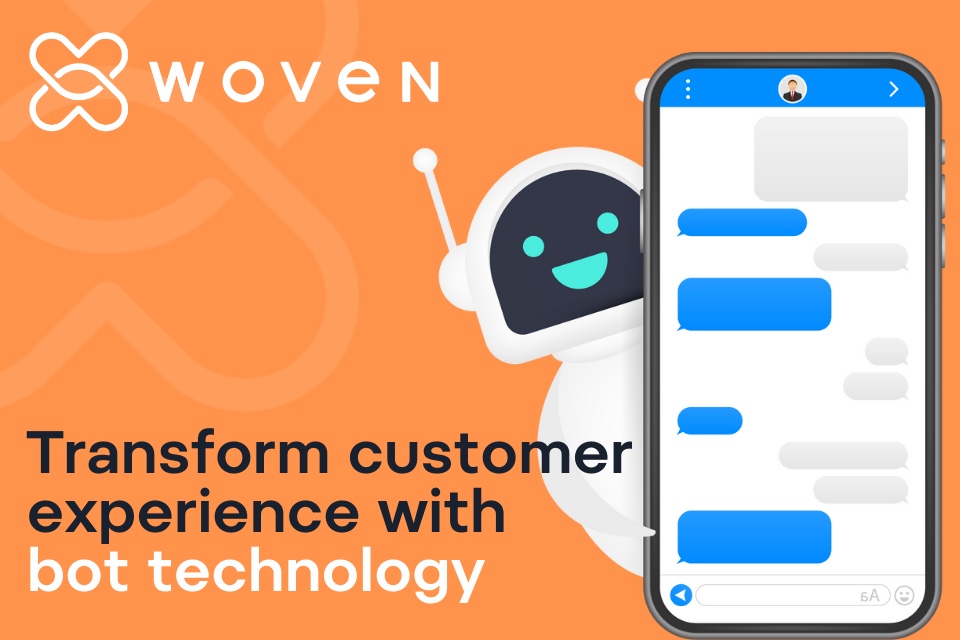Do you specialise in Training & Development for Contact Centres? We want to hear from you!
https://contactcentresummit.co.uk/wp-content/uploads/2018/08/Training.jpg 960 640 Stuart O'Brien Stuart O'Brien https://secure.gravatar.com/avatar/81af0597d5c9bfe2231f1397b411745a?s=96&d=mm&r=gEach month on Contact Centres Briefing we’re shining the spotlight on a different part of the customer care market – and in August we’re focusing on Training & Development.
It’s all part of our ‘Recommended’ editorial feature, designed to help customer care industry buyers find the best products and services available today.
So, if you’re a supplier of Training & Development solutions and would like to be included as part of this exciting new shop window, we’d love to hear from you – for more info, contact Carly Walker on c.walker@forumevents.co.uk.
Here are the areas we’ll be covering, month by month:
Aug – Training & Development
Sep – Knowledge Management
Oct – Web Self Service/Chat
Nov – Display Boards
Dec – CRM
For more information on any of the above, contact Carly Walker on c.walker@forumevents.co.uk.









